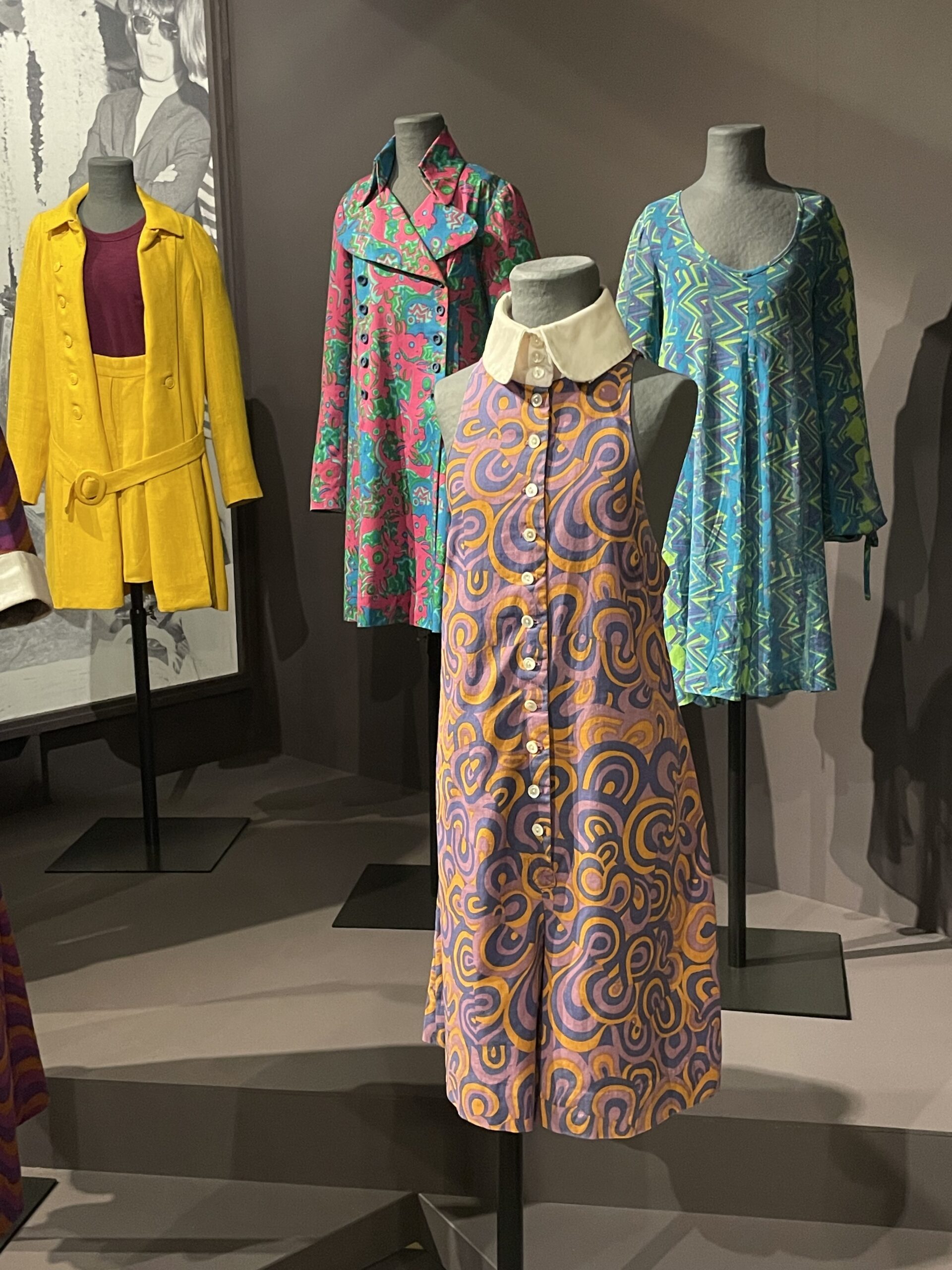This is not a sponsored post or anything like that. I think this is so interesting so I wanted to share it with you health-minded readers because I could see it adding value for many of my friends and acquaintances. In an effort to be mindful about my health, I decided to utilize some HSA medical funds for a service provided by InsideTracker, a bio-metric data service. I am planning to find out what my blood indicates to be my “inner age” compared with my chronological age (my chronological age is 39). InsideTracker was started in 2009 by Harvard, MIT, and Tufts scientists who are experts in the fields of aging, genetics, and bio-metric data. Specifically, David Sinclair is the “anti-aging” expert I heard speaking about this, and that is how I discovered it. What I like about this service is that any individual person, apart from a doctor’s oversight, can take the initiative to order a blood test and acquire data, interpretation on how that data impacts health, and advice on how to improve. Personally this is my preferred approach to health, as it is self-discovery and learning.
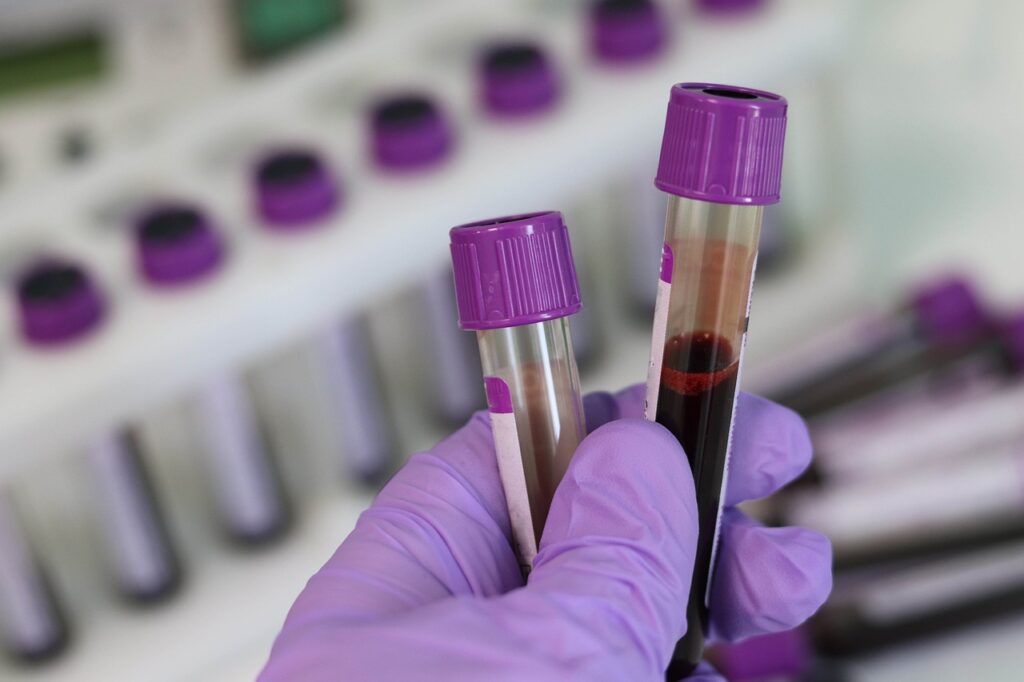
Setting Up the Blood Work and Analysis Program
It has been easy so far. I purchased the plan on their website (and I was able to find a discount code by searching around youtube), and they provided an itemized receipt which I have already submitted for reimbursement from HSA. Next, inside your account you answer a survey about your diet, body, exercise, etc. Within 48 hours, a physician approves some lab paperwork for you. You log into your account, download the lab paperwork, and print it out. Additionally, you receive an email which walks you through scheduling yourself a local facility for the blood draw. I have scheduled mine for 11;40am tomorrow. I will fast for 12 hours prior to my blood drawing appointment, and I will try to drink plenty of water which is supposed to make this easier. I will bring my lab paperwork to the appointment, and I will not owe any money, or need to provide any insurance card. Everything has already been paid in full from the purchase of the “InnerAge 2.0” package. I will also need to bring my ID. I will update again after I have the appointment.

Getting the Blood Work Done
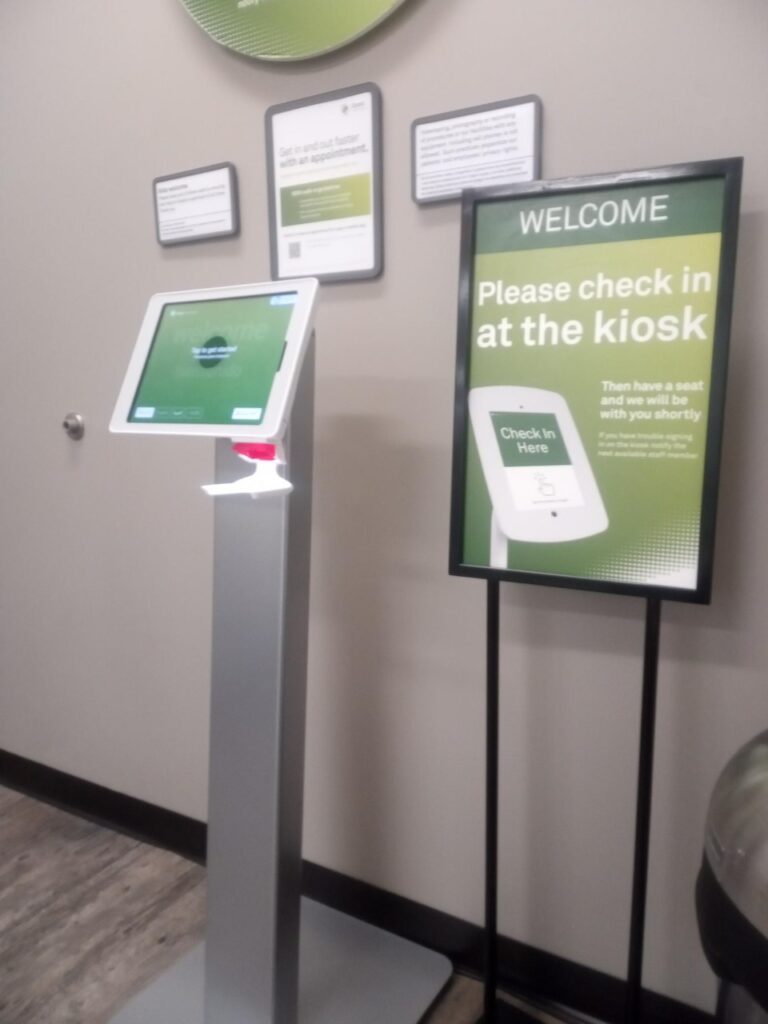
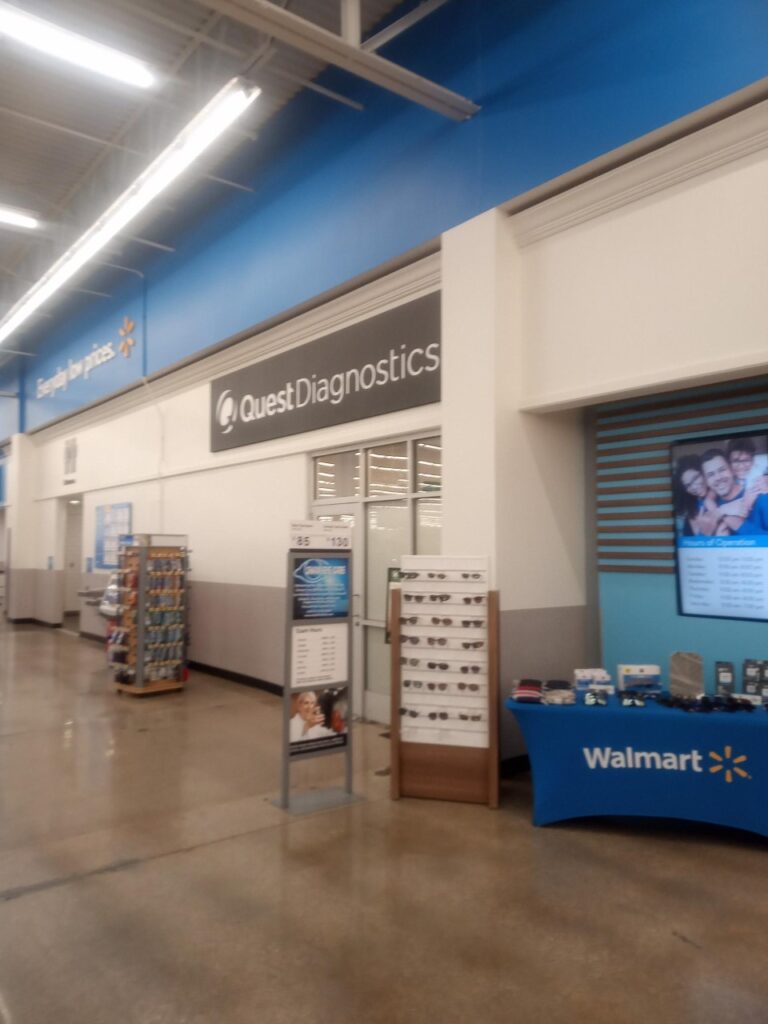
I arrived early for my appointment which happened to be inside of a Wamart, at a Quest Diagnostics center. I walked in the lobby and it was self-check in. I had received a QR code in my email confirmation from Quest. I simply held it under the reader and it prompted me to enter my drivers license (front and back). Very soon after, perhaps 3 minutes later, a nurse called me back to the sterile, very nice room. I gave her the paperwork that I had printed out from InsideTracker. She asked which arm I wanted to use. She tightened the rubber band ties on the arm above and below my elbow. I looked away and after a very small needle pain, within about 40 seconds I was good to go. I owed nothing and I did not need to show an insurance card. The entire blood work experience is already covered by the InsideTracker purchase. This was a very simple and effortless expereince.
Finding Out the Results of My InnerAge
I received an email March 27th that my InsideTracker results were ready for me to view. This was 4 days after my test ( I had my test Friday and Monday I found out my “inner age”.) I was very nervous to see what the results would be. A little dial comes up before you and it rolls side to side with anticipation and finally stops on your inner age. Well… I’m running a tad bit older that my chronological age, 1.1 years older.
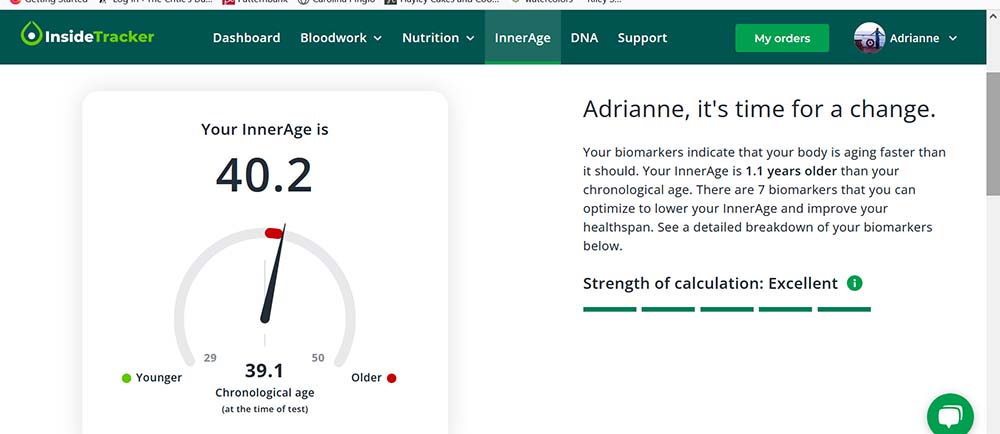
I am not offended by this at all. I am very thankful to know the information, and now I can use this information to make some healthy changes and try my very best to get healthier. Without sharing the personal details of what is wrong and right with my health (blurred it all out!), I will include below what the dashboard looks like for me. I can see what components of my blood work indicate aging quicker than others my age, and how much quicker, and also where I am doing a bit better than others my age. I find this entirely fascinating and helpful! It is so cool to see it all laid out in a simple to understand dashboard like this.
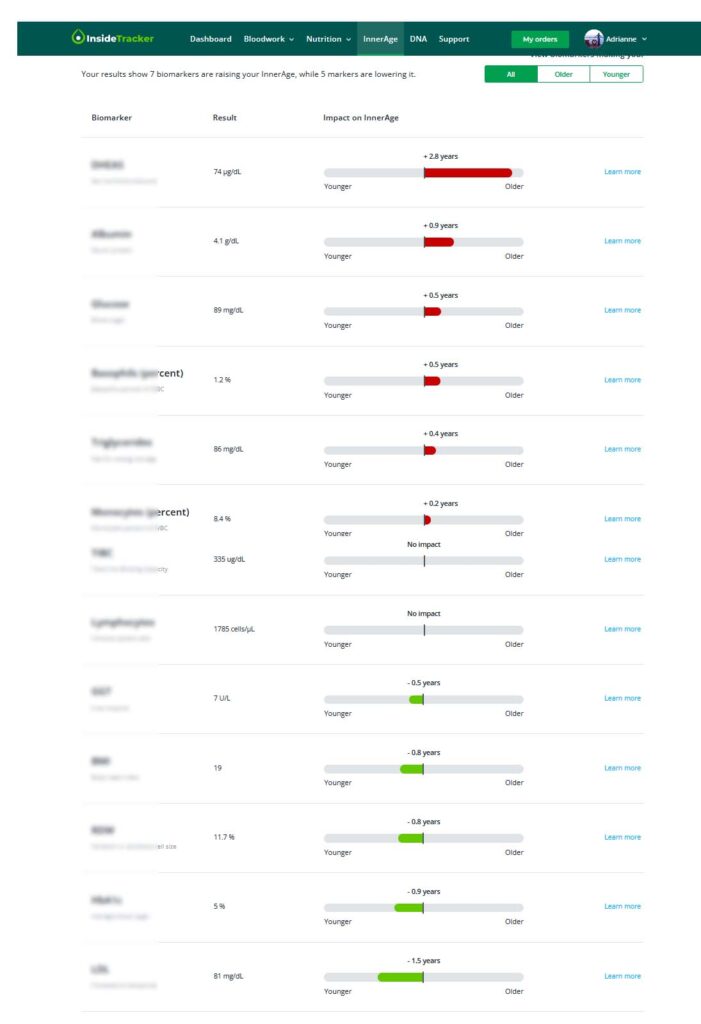
The website then breaks each one of these biomarkers down further and tells you more about what they mean and what you can do to improve it, if anything.
What do you think? Do you like the idea of finding out your inner age? Do you think it is helpful or too much data? I think it is a very helpful tool for me. If you want to learn more, the website is InsideTracker.com.
HealthInnerAge 2.0InsideTracker









